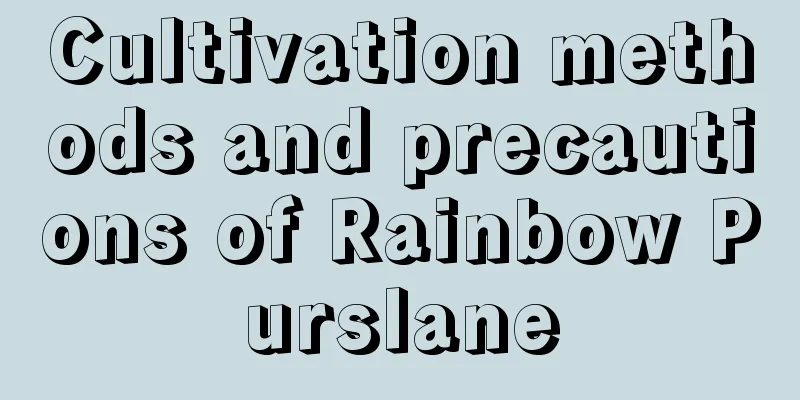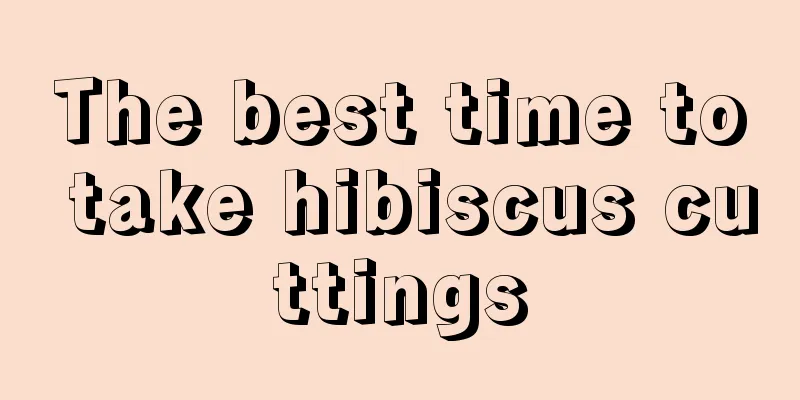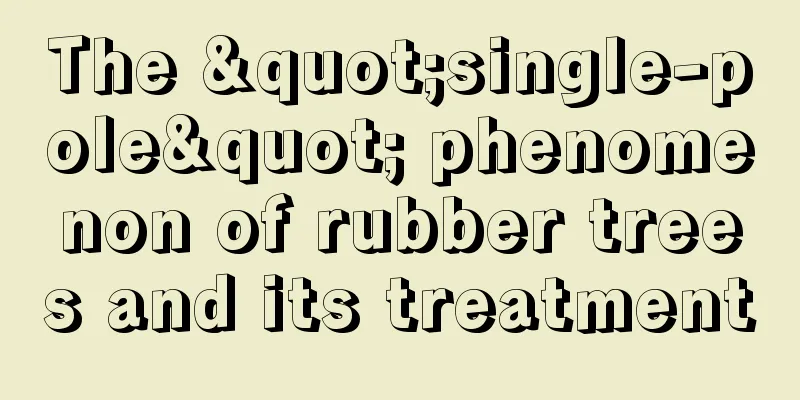Seabuckthorn cultivation methods and precautions

Seabuckthorn cultivation methodLight and temperatureSea buckthorn is not very demanding on temperature and is extremely resistant to cold and heat, with the lowest temperature it can tolerate being -50°C and the highest being 50°C. Sea buckthorn is a sun-loving tree species that likes sunlight. The annual sunshine hours should be between 1500 and 3300 hours. MoistureSea buckthorn is tolerant to barrenness and requires an annual rainfall of more than 400 mm, but it can also grow normally if planted in valleys or floodplains. In addition, care must be taken to avoid waterlogging and drain water in time during the rainy season. FertilizationDuring the bud and fruiting period of sea buckthorn, it is necessary to spray the fruit-strengthening agent in time to increase nutrients, prevent flowers from falling, increase fruit setting rate, and accelerate fruit expansion to ensure high quality and high yield of fruits. soilSea buckthorn has strong adaptability to soil. It is suitable to choose gravel soil, sandy soil, etc. with good air permeability, but avoid soil that is too sticky. Sea buckthorn cultivation precautionsPruning the treeWhen sea buckthorn grows to about 2-2.5 meters in height, it needs to be topped. Prune horizontally instead of smoothly, remove the old and keep the new, prune dense areas, leave vigorous branches in gaps, clean out the trunk and prune well to ensure a full crown and high yield. Pest controlShrinkage disease is the main disease of sea buckthorn, and common pests of sea buckthorn include sea buckthorn aphids, spring loopers, apple leaf rollers, etc. The specific prevention and control of sea buckthorn shrinkage disease is to choose disease-resistant varieties when planting sea buckthorn, strengthen management, loosen the soil regularly, improve soil permeability, and enhance the plant's disease resistance. Chemical control can be carried out from late April by watering the holes with 500 times diluted 40% carbendazim suspension or 800 times diluted thiophanate-methyl, once a month for 3-5 times in a row. For aphid damage, you can spray 2500-3000 times diluted 10% imidacloprid for prevention and control. For the damage caused by apple leafroller and spring looper, you can spray 3000 times diluted 20% sulfamethoxam, or use 2500 times diluted 25% miasma for prevention and control. |
<<: African violets cultivation methods and precautions
>>: How to grow blueberries in balcony pots
Recommend
How to make tea with Roselle
Steps for making roselle tea Step 1: Remove the c...
Strawberry seedling raising method and time
As the temperature gradually warms up, the minimu...
Where do radishes grow and where are they produced?
Radish growth habits Radish is an annual herb tha...
Cultivation methods and precautions of golden osmanthus
1. Breeding methods 1. Soil If it is a potted pla...
Cultivation methods and precautions of Xanthoceras sorbifolia
Cultivation methods and precautions of Xanthocera...
Do strawberries need watering every day?
Do you water strawberries every day? Strawberries...
Is raspberry a shade or sun-loving plant?
Do raspberries prefer shade or sun? Raspberries l...
Pea planting time and method
Pea is a nutritious and adaptable plant that can ...
The main value of Photinia fraseri
The landscape value of Photinia fraseri leaf The ...
How to propagate hibiscus and what to pay attention to
Hibiscus reproduction method The main ways of pro...
What flowers are suitable for growing in Qitaihe? What are the city flowers and trees?
1. Climate characteristics of Qitaihe Qitaihe has...
The pros and cons of the Chenonceau Rose
The name of the rose of Chenonceau Castle comes f...
How to grow kumquats more vigorously?
The kumquat tree is a highly ornamental plant. It...
The fastest way to root lily cuttings
Lily cutting time The best time to take lily cutt...
Don’t throw away the dying green radish. Just cut it with a pair of scissors and it will be green again in a month!
When the leaves and stems of the green radish are...









